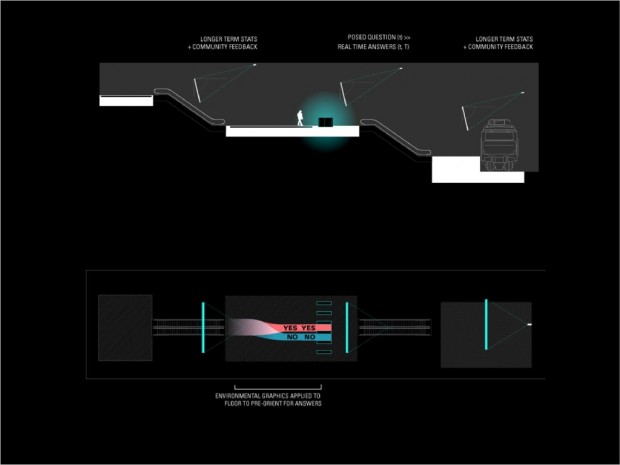Networked Urbanism
design thinking initiatives for a better urban life
apps awareness bahrain bike climate culture Death design digital donations economy education energy extreme Extreme climate funerals georeference GSD Harvard interaction Krystelle mapping market middle east mobility Network networkedurbanism nurra nurraempathy placemaking Public public space resources Responsivedesign social social market Space time time management ucjc visitor void waste water Ziyi
I meant to post this a while back but forgot. This is a great example of how a small intervention can have a great impact and also be fun. Be sure to check out more examples at http://www.thefuntheory.com.
This is a great. Andrew – wanna put Menino’s face on some bike lanes?
Just found this really cool stop motion animation. The whole thing is done using Google Maps Street view.
http://www.theatlanticcities.com/jobs-and-economy/2012/09/search-real-estate-models-prosumer-society/3208/
From the exhibition here last year. One of the more impressive examples of using a building with a live performance. At one point they are actually projecting live images of the dancers onto the facade.
http://www.geek.com/articles/mobile/koreas-tesco-reinvents-grocery-shopping-with-qr-code-stores-20110628/
This post is mostly for @andrewpleonard, but the idea of creating critical mass is universally applicable I think. I stumbled upon this video while trying to look for examples of why bicycle culture has evolved so far in places like Denmark and the Netherlands but remains stunted in the U.S.
The video is from the sometimes hilarious Copenhagen Cycle Chic website: http://www.copenhagencyclechic.com/
This seems like a great website – a collection of emerging ideas about how personal metrics can change our behavior. The creator describes it as a site devoted to understanding “how we can change our lifestyles through monitoring, measuring, and deriving meaning about our behavior.”
http://www.personalmetrics.us/
Although a bit scary, check out the Basis Wristband – monitors your health, interprets the data, and then makes suggestions about how you might improve your lifestyle:
http://www.personalmetrics.us/2011/09/basis-the-story-of-your-health/
https://support.twitter.com/entries/166337-the-twitter-glossary
The first two are most important. The rest just continues to up your geek-level.
Public spaces were formerly a venue for debate, where we could collectively imagine the identity and future of communities. In the contemporary moment, the representation of community is often constructed from afar, with little involvement from the public body, in the form of statistics. This project aims to reassert the role of the community in this process by changing the scale and aesthetic of gathering public opinion and demographics.
In the new Statistical Commons, subway turnstiles are playfully turned into an interactive surveying tool, where individuals can pose questions to their neighbors, with real-time feedback and likewise construct “statistical narratives.” We aim to re-energize public space as a venue collective quantitative introspection. (more…)
« Previous 1 … 35 36 37 38 Next »
